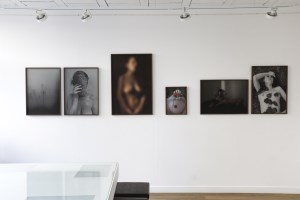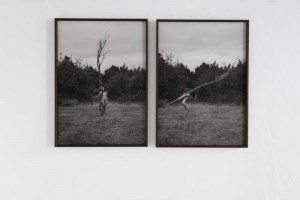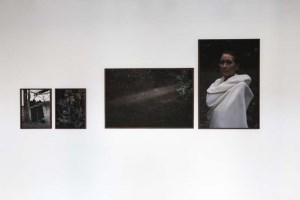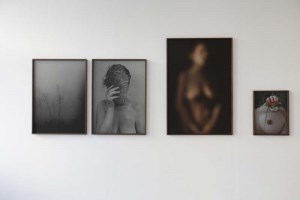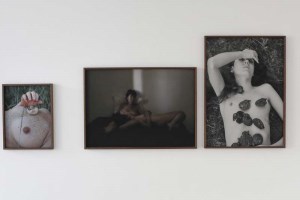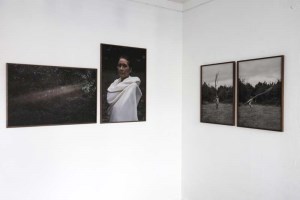Thank You Mum
-
Exhibition
"Thank You Mum"
from Friday, June 10, 2022 to Saturday, September 17, 2022
Gallery XII Paris
- HSBC Award for Photography 2020 -
Creating and Loving
The Italian neurobiologist, Giacomo Rizzolatti, and his colleagues announced the discovery of mirror neurons in 1996. The analysis of their functioning revealed how they are implicated in the behaviors of imitation and emulation which permit the brain to adopt another person’s point of view while also allowing the subject to socialize and to learn about their environment. These neurons, responsible for human empathy, are particularly active during childhood and they explain why a baby will start to cry when they see another one crying.
The allegoric use of mirror neurons to analyze certain aspects of the composition of photography’s DNA open a symbolic space which, in my opinion, explains the irresistible empathetic power of certain photographs. The images collaborate with the process of understanding the world and activate our synchrony with another person’s subjectivity which echoes our own emotions and experiences. They contribute to put an ethical distance between the subject and their own life allowing us to go spontaneously from an individual self to a collective “we” without the mediation of a judgement.
A large number of the images created by Charlotte Mano for her series Thank you Mum originate from this amniotic space that precedes creation. The drawing she made as a child of her mother is a poignant, radiant illustration of what is not visible or of what is not yet visible. That’s why, perhaps, the images in this series do not form a linear narrative. They are created and ordered in the manner poets arrange words in their poems. They ignore standard syntax to free words of their referents and meanings to acquire multiple semantic and expressive potentialities.
The pain of loss and the anxiety in front of the irreversible – emotional epicenters of this work - coexist in this universe of entropy that brings us together with the most primal love, joining us to the one who gave us life. It is impossible to deploy these photographs, to put these emotional flashes in a chronological order. Like memories, they don’t follow a clear temporal line. Charlotte Mano illustrates in a deliberate ambiguity these undetermined spaces that place the present in a timeless domain and constitute the multidimensional temporality of memory: an echo from the past that can still be heard in the present.
Her images are rich in echoes, reverberations and rituals whose morphology opens on the transvisible 1, a concept that represents the interstitial passage between the invisible and the visible, between what we know and what we don’t know, between what we desire and what we fear. Profoundly distanced from the verbal, this is an area we all share through painful emotional experiences or when we are within their proximity, both scrutinize the unfathomable obscurity of suffering. But we manage to get by. And we come back to life. However, in that interval, we need to take a break and to be grateful. That’s what makes rituals so efficient, in particular, those we know intuitively. They let us carry out intelligent acts without using our rational intelligence. That’s how Charlotte Mano works, joining all the women who taught us how to give up our reticence and let the essence of our feelings flow. The judgement we cast on the aesthetic aspects of her work has no importance. It is the deep honesty of the process that is truly important.
1- The term “transvisible” was coined by the French poet Serge Venturini (Paris, 1955) in his poem, “Le pont franchi du transvisible” (2008).
Alejandro Castellote
Translated from French by Gregg Ellis -
Press
